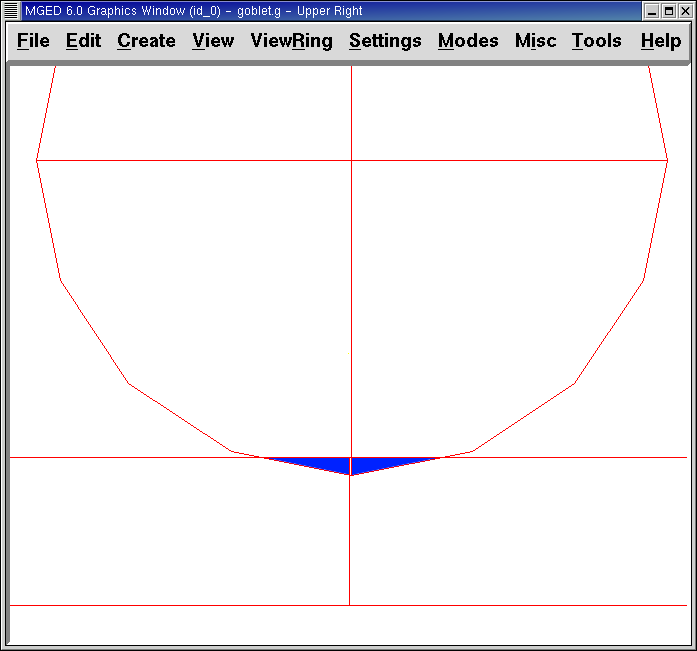

Often my workflow looks like FreeCAD -> Gmsh -> FreeFem++ -> (Gmsh or pandas), with the whole thing run from a single SCons build file. OpenSCAD is an excellent accompaniment to FreeCAD too, especially via Solid Python. Besides STL, this also outputs IGES, STEP, and BRep, which can contain more information that STL. had the capability to translate the native BRL-CAD number of Boolean specifications can easily number in format (MGED) to GIFT formatted input. More recently though I'm using FreeCAD which can be scripted in Python and so run from the command-line. I used BRL-CAD's g-stl command-line tool to export a triangulation of the bounding surface in STL format. In the past I have used BRL-CAD's mged command-line tool to create geometries for subsequent CFD simulations.

Has anybody ever used this BRL-CAD/Mged command line CAD package? It doesn't look bad, but I do have concerns about it exporting to formats that these meshing and physics programs use. It's me again, wondering how I should go about integrating a command-line geometry package into OneLab (or some other chain of multi-physics tools).Īs I've mentioned before, although there is no shortage of tools to do meshing, finite element analysis or CFD and so forth, there is no simple way to build geometries from the command line.
#Brl cad mged code#
src/mged The main source code for our main editing GUI. src/libged A library that provides hundreds of geometry editing/processing commands to calling applications via C.

Sent from ( ), Swiss-based encrypted email. Display manager code that displays geometry for various BRL-CAD tools (e.g., mged). For this, choose the Set Pipe ID from edit option and give the command mged>p 0. 5) Now select the internal and outer diameter of pipe. 4) mged>sed spring.s command will select the spring for editing.
#Brl cad mged pro#


 0 kommentar(er)
0 kommentar(er)
